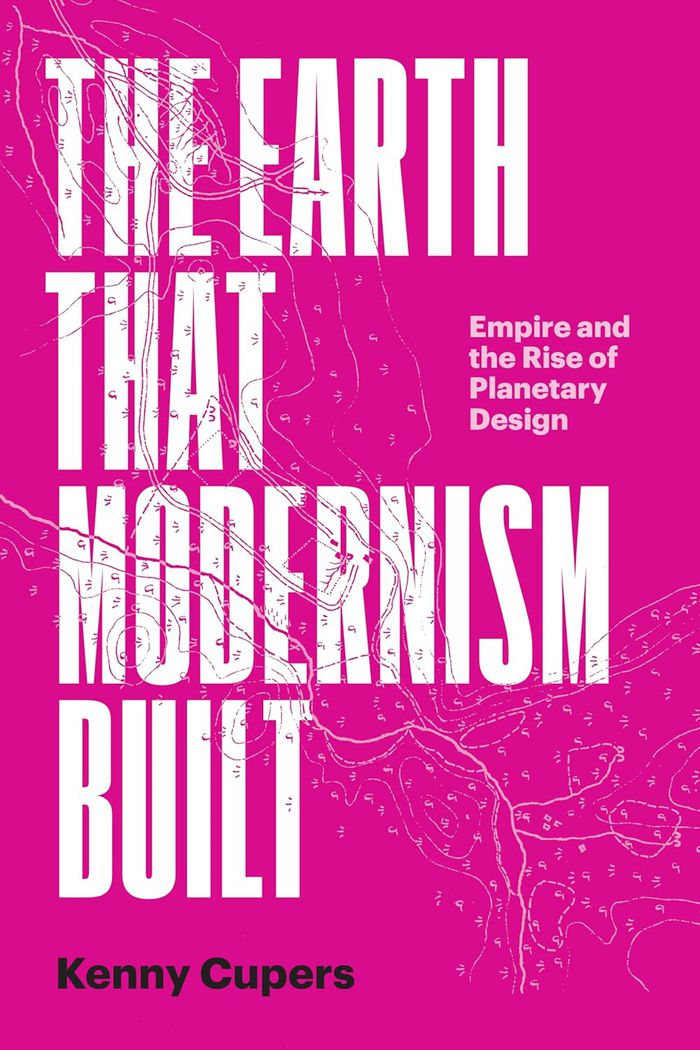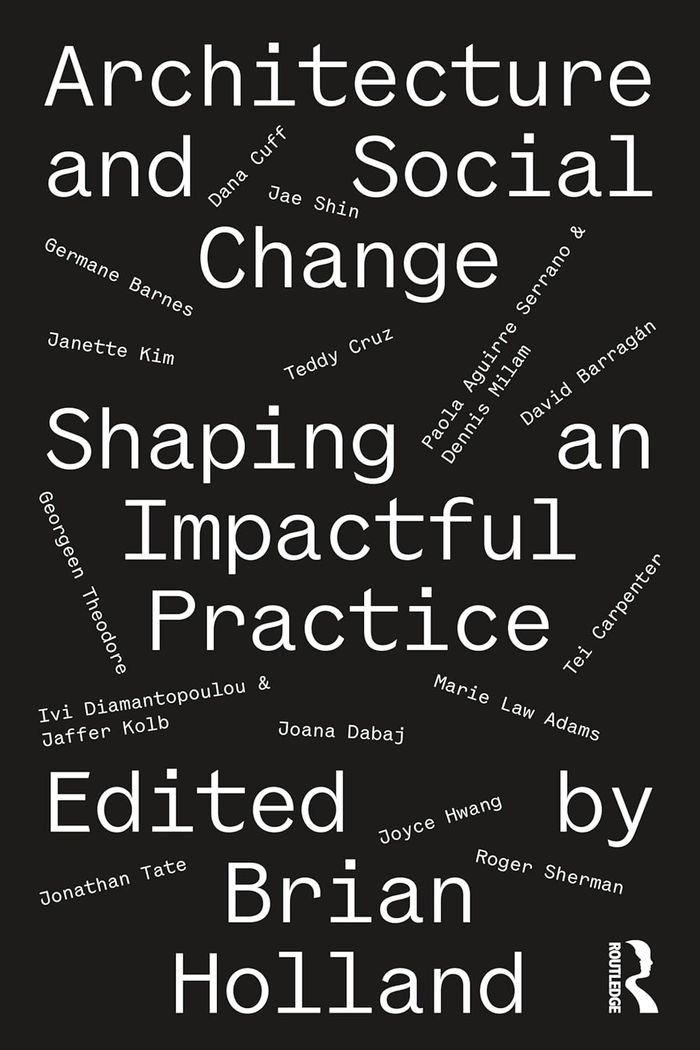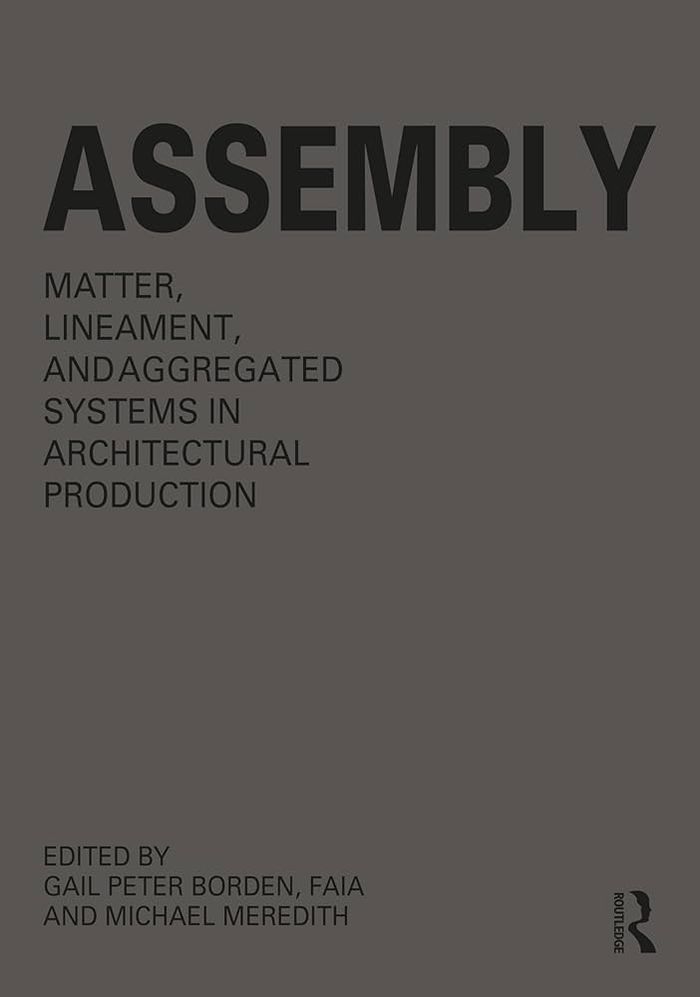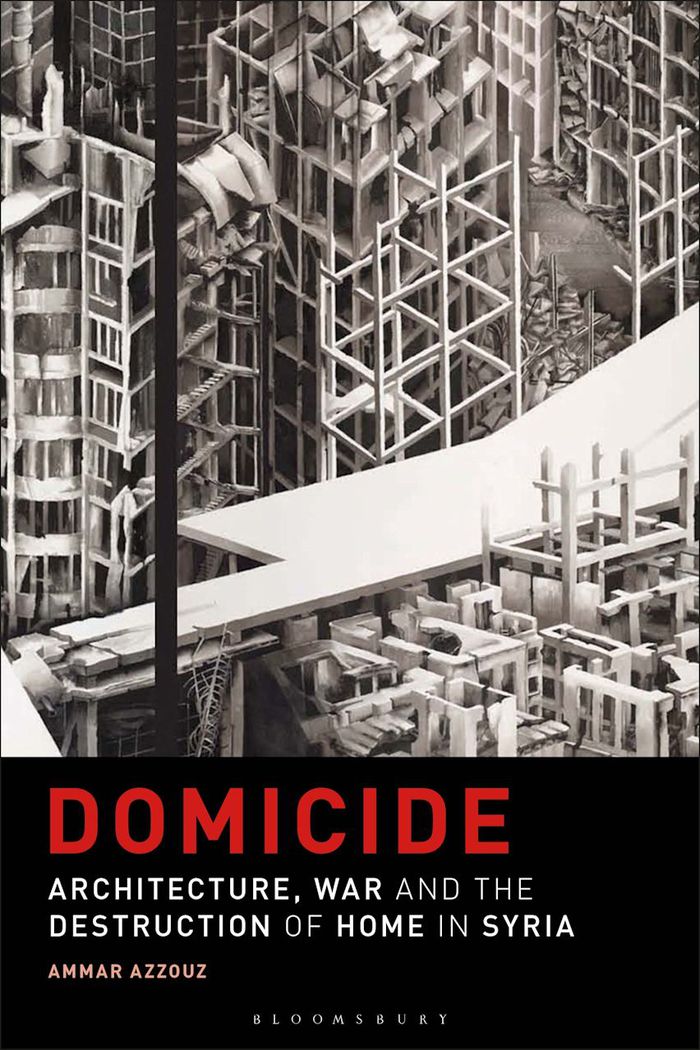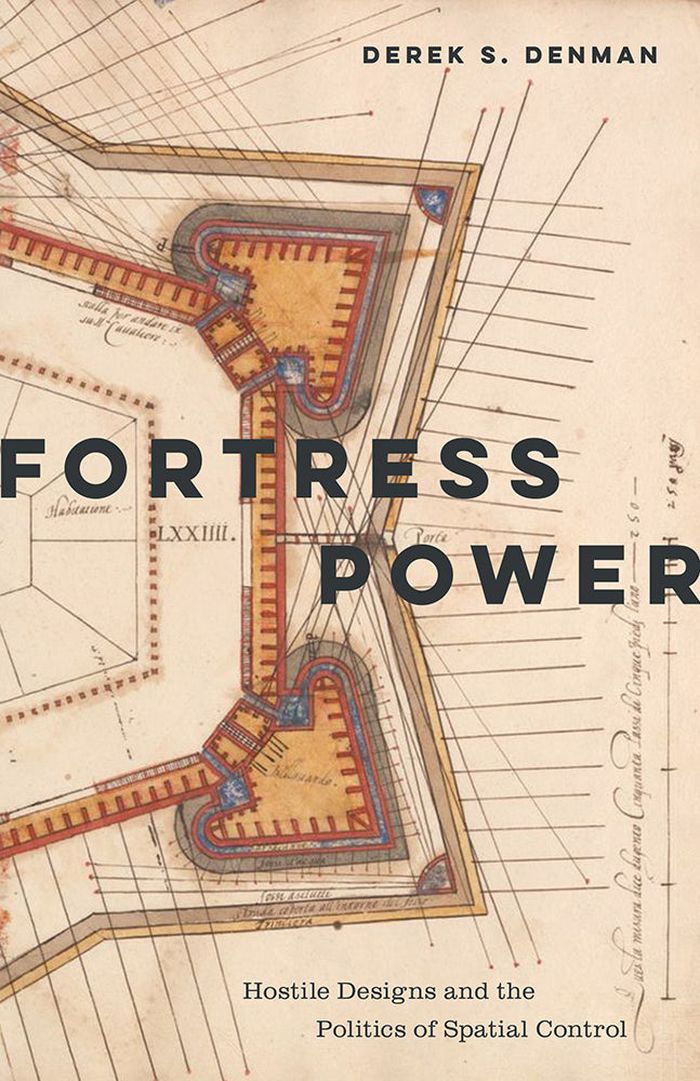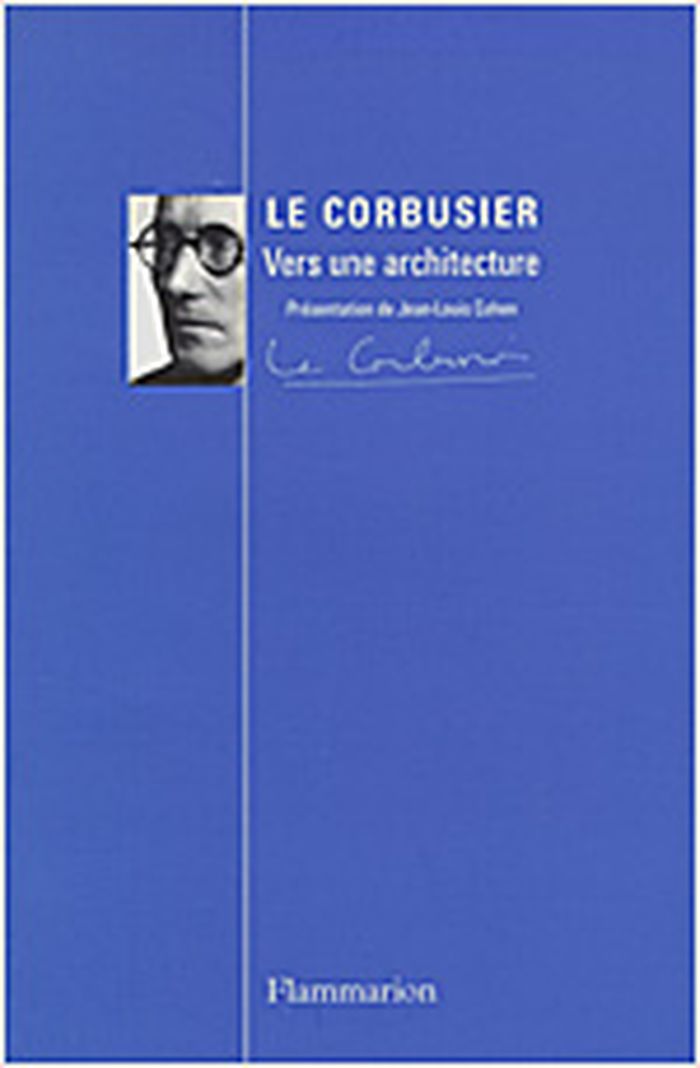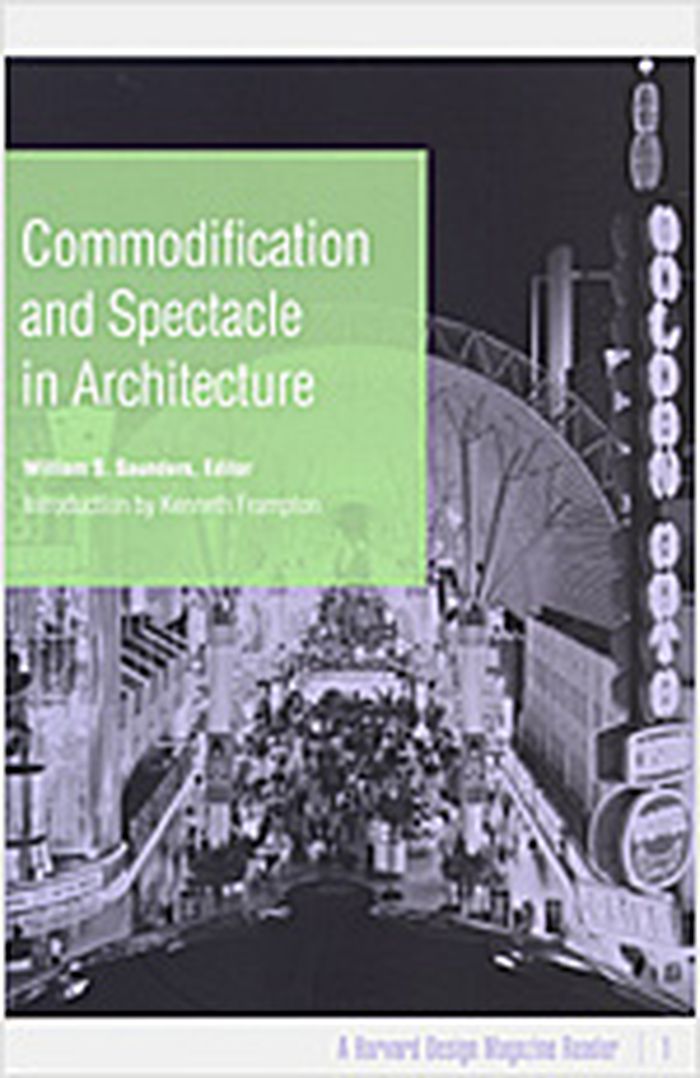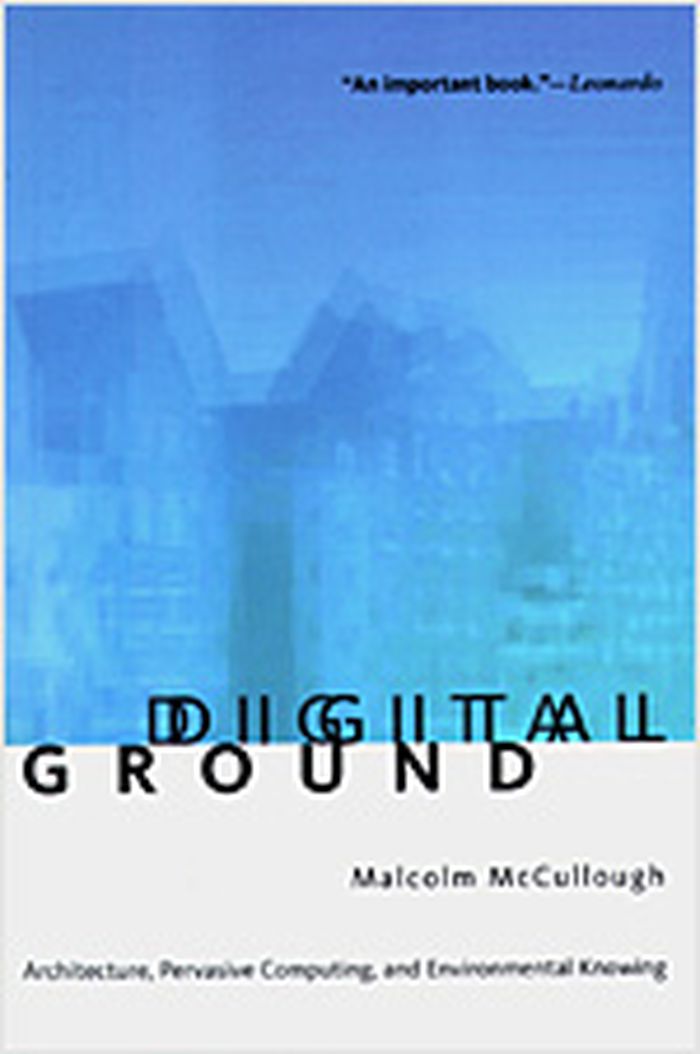$49.95
(disponible en magasin)
Résumé:
"The Earth that modernism built" traces the rise of planetary design to an imperialist discourse about the influence of the earthly environment on humanity. Kenny Cupers argues that to understand how the earth became an object of design, we need to radically shift the terms of analysis. Rather than describing how new design ideas and practices traveled and transformed(...)
The earth that modernism built: Empire and the rise of Planetary Design
Actions:
Prix:
$49.95
(disponible en magasin)
Résumé:
"The Earth that modernism built" traces the rise of planetary design to an imperialist discourse about the influence of the earthly environment on humanity. Kenny Cupers argues that to understand how the earth became an object of design, we need to radically shift the terms of analysis. Rather than describing how new design ideas and practices traveled and transformed people and places across the globe, this book interrogates the politics of life and earth underpinning this process. It demonstrates how approaches to modern housing, landscape design, and infrastructure planning are indebted to an understanding of planetary and human ecology fueled by settler colonialism and imperial ambition.
Théorie de l’architecture
$72.95
(disponible en magasin)
Résumé:
''Architecture and Social Change'' is a timely, and urgently needed, survey of social and environmental justice advocacy in architecture. Spotlighting contemporary design and research practitioners who are creatively leveraging their expertise for social change, this book features interviews with fifteen influential design leaders who are at the forefront of their(...)
Architecture and social change: Shaping an impactful practice
Actions:
Prix:
$72.95
(disponible en magasin)
Résumé:
''Architecture and Social Change'' is a timely, and urgently needed, survey of social and environmental justice advocacy in architecture. Spotlighting contemporary design and research practitioners who are creatively leveraging their expertise for social change, this book features interviews with fifteen influential design leaders who are at the forefront of their profession’s efforts to confront pressing challenges like housing insecurity, racial and economic inequality, environmental degradation, and architectural waste. Among the interviewees are Dana Cuff, who, as director of cityLAB, is helping to reshape housing policy in California; Joana Dabaj, cofounder of the design charity CatalyticAction, which empowers refugee children from the Syrian civil war to act as “co-designers” of playgrounds and public spaces in Lebanon; and Ivi Diamantopoulou and Jaffer Kolb of New York City–based New Affiliates, who repurpose, through lively recontextualization, the architectural byproducts of their city’s museum exhibitions and building-performance mockups. These insightful student-led interviews compellingly capture the current moment of soul-searching in both the profession and the academy.
Théorie de l’architecture
$73.95
(disponible en magasin)
Résumé:
Part-to-part relationships and the approach to governing their sensibilities is at the root of all architecture. The need for engaging in a dialogue around these systems is essential to contemporary architectural discourse and practice. ''Assembly'' builds on and extends the investigations of materials and representation techniques in the editors’ previous books, ''Matter(...)
Théorie de l’architecture
janvier 2025
Assembly: Matter, lineament, and aggregated systems in architectural production
Actions:
Prix:
$73.95
(disponible en magasin)
Résumé:
Part-to-part relationships and the approach to governing their sensibilities is at the root of all architecture. The need for engaging in a dialogue around these systems is essential to contemporary architectural discourse and practice. ''Assembly'' builds on and extends the investigations of materials and representation techniques in the editors’ previous books, ''Matter and Lineament''. This book uses a collection of detailed case studies, explained by first-person authors, about experimental and innovative takes on assembling architecture. Bridging theory and practice, 17 projects and their principled approaches each demonstrate an important vein of inquiry within the topic. Essays probe issues such as latent and overt geometry, fabrication and technology, part-to-part elements, joinery and representation, material vernacular geometries, labor and place-based contextual assemblies, detailing, and pedagogical examinations. This text articulates the traditions and trends of material as the defining premise in the contemporary making of architecture. Its outcomes are applicable to beginning students of architecture and advanced practitioners alike.
Théorie de l’architecture
$51.50
(disponible en magasin)
Résumé:
The city of Homs, like so many places in Syria, has suffered mass destruction since the war began in 2011. So far, the architectural response to the crisis has focused on ''cultural heritage'', ancient architecture, and the external displacement of refugees, often neglecting the everyday lives of Syrians and the buildings that make up their homes and communities. In(...)
Domicide: Architecture, war and the destruction of home in Syria
Actions:
Prix:
$51.50
(disponible en magasin)
Résumé:
The city of Homs, like so many places in Syria, has suffered mass destruction since the war began in 2011. So far, the architectural response to the crisis has focused on ''cultural heritage'', ancient architecture, and the external displacement of refugees, often neglecting the everyday lives of Syrians and the buildings that make up their homes and communities. In ''Domicide'', Ammar Azzouz uses the notion of the 'home' to address the destruction in cities like Homs, the displacement of Syrian people both externally and internally, and to explore how cities can be rebuilt without causing further damage to the communities that live there. Drawing on interviews with those working in the built environment professions, both inside and outside of Syria, but also Syrians from other backgrounds who have become architects in their own way as they were forced to repair and rebuild their homes by themselves, Domicide offers fresh insight into the role of the architect during time of war, and explores how the future reconstruction of cities should mirror the wants and needs, the traditions and ways of living, of local communities. Focusing on Homs but offering a blueprint for other urban areas of conflict across Syria and the wider world, the book is essential reading for researchers in architecture, urban planning, heritage studies and conflict studies.
Théorie de l’architecture
$59.95
(disponible en magasin)
Résumé:
Despite growing calls for global architectural histories, the historiography of modern architecture remains depicted predominantly by Western figures, narratives, and experiences. This publication takes a different approach by uncovering previously overlooked histories and contributions that shaped the Arab world’s modern built environment. It considers projects from the(...)
Arab modern: Architectrure and the project of independence
Actions:
Prix:
$59.95
(disponible en magasin)
Résumé:
Despite growing calls for global architectural histories, the historiography of modern architecture remains depicted predominantly by Western figures, narratives, and experiences. This publication takes a different approach by uncovering previously overlooked histories and contributions that shaped the Arab world’s modern built environment. It considers projects from the Arabian Gulf, the Levant, and North Africa during a critical moment when several Arab countries were entering a new phases of post-colonial nation-building. From both within and outside the architectural profession, a multifaceted exchange of ideas informed architectural thinking in the wake of independence.
Théorie de l’architecture
$34.99
(disponible en magasin)
Résumé:
''Fortress Power'' presents a genealogy of fortification as a material and political technology intent on obstruction, tracing its implementation across battlefields, borders, and urban environments. Drawing on the influential work of philosophers Michel Foucault and Giorgio Agamben, Derek S. Denman places the fortress alongside the archetypes of the prison and the camp,(...)
Fortress power: Hostile designs and the politics of spatial control
Actions:
Prix:
$34.99
(disponible en magasin)
Résumé:
''Fortress Power'' presents a genealogy of fortification as a material and political technology intent on obstruction, tracing its implementation across battlefields, borders, and urban environments. Drawing on the influential work of philosophers Michel Foucault and Giorgio Agamben, Derek S. Denman places the fortress alongside the archetypes of the prison and the camp, citing them as paradigmatic of how space is transformed into a tool of domination and control. Focusing on the defensive architecture of bastion fortresses, urban design, and border landscapes, ''Fortress Power'' charts the rise of a form of governance grounded in hostility, extending the scope of its subject from a piece of military construction to a much broader political concept. Detailing how power manifests in everything from city centers to international boundaries, the book analyzes the logic of fortification as it moves through various contexts in the advancement of surveillance, exploitation, warfare, and political authority.
Théorie de l’architecture
Vers une architecture
$62.95
(disponible sur commande)
Résumé:
«L'architecte, par l'ordonnance des formes, réalise un ordre qui est une pure création de son esprit ; par les formes, il affecte intensivement nos sens, provoquant des émotions plastiques ; par les rapports qu'il crée, il éveille en nous des résonances profondes, il nous donne la mesure d'un ordre qu'on sent en accord avec celui du monde, il détermine des mouvements(...)
Vers une architecture
Actions:
Prix:
$62.95
(disponible sur commande)
Résumé:
«L'architecte, par l'ordonnance des formes, réalise un ordre qui est une pure création de son esprit ; par les formes, il affecte intensivement nos sens, provoquant des émotions plastiques ; par les rapports qu'il crée, il éveille en nous des résonances profondes, il nous donne la mesure d'un ordre qu'on sent en accord avec celui du monde, il détermine des mouvements divers de notre esprit et de notre coeur ; c'est alors que nous ressentons la beauté.» Le Corbusier. Cette nouvelle édition. est présentée par Jean-Louis Cohen. L'édition originale de cet ouvrage fut publiée en 1923.
Théorie de l’architecture
$22.50
(disponible en magasin)
Résumé:
A revelatory conversation between two major figures in visual culture. What is a singular object? An idea, a building, a color, a sentiment, a human being. Each in turn comes under scrutiny in this exhilarating dialogue between two of the most interesting thinkers working in philosophy and architecture today. From such singular objects, Jean Baudrillard and Jean Nouvel(...)
Théorie de l’architecture
octobre 2005, Minneapolis, London
Jean Baudrillard and Jean Nouvel : the singular objects of architecture
Actions:
Prix:
$22.50
(disponible en magasin)
Résumé:
A revelatory conversation between two major figures in visual culture. What is a singular object? An idea, a building, a color, a sentiment, a human being. Each in turn comes under scrutiny in this exhilarating dialogue between two of the most interesting thinkers working in philosophy and architecture today. From such singular objects, Jean Baudrillard and Jean Nouvel move on to fundamental problems of politics, identity, and aesthetics as their exchange becomes an imaginative exploration of the possibilities of modern architecture and the future of modern life. Among the topics the two speakers take up are the city of tomorrow and the ideal of transparency, the gentrification of New York City and Frank Gehry's Guggenheim museum in Bilbao. As Nouvel prompts Baudrillard to reflect on some of his signature concepts (the virtual, transparency, fatal strategies, oblivion, and seduction, among others), the confrontation between such philosophical concerns and the specificity of architecture gives rise to novel and striking formulations-and a new way of establishing and understanding the connections between the practitioner and the philosopher, the object and the idea. This wide-ranging conversation builds a bridge between the fields of architecture and philosophy. At the same time it offers readers an intimate view of the meeting of objects and ideas in which the imagined, constructed, and inhabited environment is endlessly changing, forever evolving.
Théorie de l’architecture
$23.95
(disponible sur commande)
Résumé:
More than ever, architectural design is seen as a means to promote commercial goals rather than as an end in itself. Frank Gehry’s Guggenheim Museum in Bilbao, for example, simply cannot be considered apart from its intended role as a catalyst for the economic revitalization of Bilbao and its ability to attract tourist dollars, regardless of its architectural merits. A(...)
Théorie de l’architecture
novembre 2005, Minneapolis, London
Commodification and spectacle in architecture
Actions:
Prix:
$23.95
(disponible sur commande)
Résumé:
More than ever, architectural design is seen as a means to promote commercial goals rather than as an end in itself. Frank Gehry’s Guggenheim Museum in Bilbao, for example, simply cannot be considered apart from its intended role as a catalyst for the economic revitalization of Bilbao and its ability to attract tourist dollars, regardless of its architectural merits. A built environment intended to seduce consumers is more likely to offer instant gratification than to invite independent thought and reflection. But how harmful, if at all, is this unprecedented commercialization of architecture? Framed with an introduction by Kenneth Frampton, the contributions to "Commodification and spectacle in architecture" stake out a variety of positions in the debate over the extent to which it is possible—or desirable—to escape from, resist, or suggest plausible alternatives to the dominant culture of consumer capitalism. Rejecting any dreamy nostalgia for an idealized present or past in which design is completely divorced from commerce—and, in some cases, celebrating the pleasures of spectacle—the individual essays range from indictments of particular architects and critiques of the profession to broader concerns about what the phenomenon of commodification means for the practice of democracy and the health of society. Bringing together an impressive and varied group of critics and practitioners, "Commodification and spectacle in architecture" will help to sharpen the discussion of how design can respond to our hypercommodified culture.
Théorie de l’architecture
$21.50
(disponible sur commande)
Résumé:
Digital Ground is an architect's response to the design challenge posed by pervasive computing. One century into the electronic age, people have become accustomed to interacting indirectly, mediated through networks. But now as digital technology becomes invisibly embedded in everyday things, even more activities become mediated, and networks extend rather than replace(...)
Digital ground : architecture, pervasive computing, and environmental knowing
Actions:
Prix:
$21.50
(disponible sur commande)
Résumé:
Digital Ground is an architect's response to the design challenge posed by pervasive computing. One century into the electronic age, people have become accustomed to interacting indirectly, mediated through networks. But now as digital technology becomes invisibly embedded in everyday things, even more activities become mediated, and networks extend rather than replace architecture. The young field of interaction design reflects not only how people deal with machine interfaces but also how people deal with each other in situations where interactivity has become ambient. It shifts previously utilitarian digital design concerns to a cultural level, adding notions of premise, appropriateness, and appreciation. Malcolm McCullough offers an account of the intersections of architecture and interaction design, arguing that the ubiquitous technology does not obviate the human need for place. His concept of "digital ground" expresses an alternative to anytime-anyplace sameness in computing; he shows that context not only shapes usability but ideally becomes the subject matter of interaction design and that "environmental knowing" is a process that technology may serve and not erode. Drawing on arguments from architecture, psychology, software engineering, and geography, writing for practicing interaction designers, pervasive computing researchers, architects, and the general reader on digital culture, McCullough gives us a theory of place for interaction design. Part I, "Expectations," explores our technological predispositions -- many of which ("situated interactions") arise from our embodiment in architectural settings. Part II, "Technologies," discusses hardware, software, and applications, including embedded technology ("bashing the desktop"), and building technology genres around life situations. Part III, "Practices," argues for design as a liberal art, seeing interactivity as a cultural -- not only technological -- challenge and a practical notion of place as essential. Part IV, "Epilogue," acknowledges the epochal changes occurring today, and argues for the role of "digital ground" in the necessary adaptation.
Théorie de l’architecture
